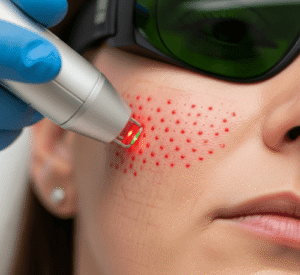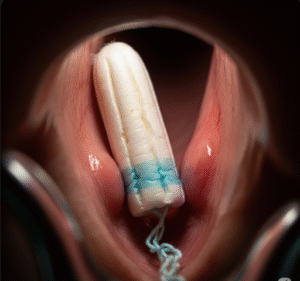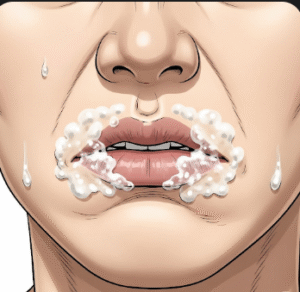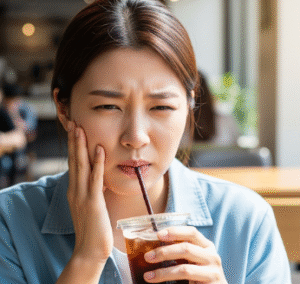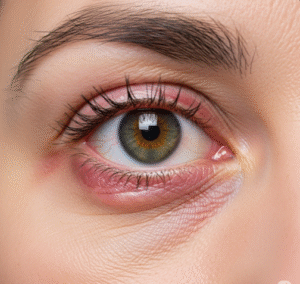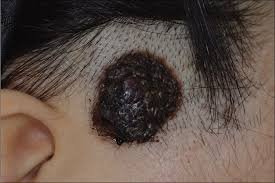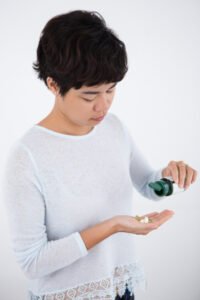Overview
Nipple yeast infection, also known as mammary candidiasis, is an infection of the nipple and surrounding breast tissue caused by the Candida species of fungi, most commonly Candida albicans. It is often seen in breastfeeding women, but it can also affect non-lactating adults. The infection can cause intense nipple pain, itching, redness, and rashes, making breastfeeding or daily activities uncomfortable.
In Korea, early recognition and targeted treatment are emphasized to relieve symptoms, prevent recurrence, and ensure both mother and child remain healthy.
Key Facts
➤ Nipple yeast infection is often associated with breastfeeding, but can also occur in non-lactating adults.
➤ Symptoms include burning pain, itching, redness, and flaky or scaly rashes.
➤ Untreated infections may spread to the breast, areola, or infant’s mouth in breastfeeding scenarios.
➤ Risk factors include antibiotic use, diabetes, and a moist environment around the nipple.
➤ In Korea, treatment typically involves antifungal medications, hygiene management, and preventive strategies.
What is a Nipple Yeast Infection?
A nipple yeast infection occurs when Candida fungi overgrow in the warm, moist areas of the nipple and areola. This overgrowth can result from:
➔ Antibiotic use disrupting normal bacterial flora.
➔ Moisture accumulation due to tight clothing or excessive sweating.
➔ Immune system changes in the mother or infant.
It is characterized by painful, itchy, or burning nipples, sometimes with white flaky patches or redness. In breastfeeding women, infants may also develop oral thrush, leading to transmission back and forth.
Symptoms Related to Nipple Yeast Infection
➤ Intense nipple pain, especially during or after breastfeeding.
➤ Itching or burning sensation around the nipple and areola.
➤ Redness, swelling, or shiny appearance of the nipple skin.
➤ Flaky or scaly rashes, sometimes with small cracks or fissures.
➤ Pain that persists even after correct latching during breastfeeding.
➤ In infants, white patches in the mouth (oral thrush) may be present.
Causes / Possible Causes
Nipple yeast infection arises from Candida overgrowth facilitated by certain conditions:
Breastfeeding-Related Causes
➤ Infant oral thrush – infected infants can transmit Candida to the mother’s nipples.
➤ Incorrect latching or nipple trauma – cracks or fissures provide entry points for fungi.
➤ Moist breast pads or prolonged wetness – create an ideal environment for fungal growth.
Medical and Lifestyle Causes
➤ Antibiotic use – disrupts healthy bacterial flora, allowing Candida overgrowth.
➤ Diabetes – high sugar levels can encourage fungal growth.
➤ Weakened immune system – chronic illness or immunosuppressive medications.
➤ Tight clothing or synthetic fabrics – trap moisture and heat.
Risk Factors
➤ Breastfeeding mothers, particularly during the early postpartum period.
➤ Infants with oral thrush or frequent antibiotic exposure.
➤ Individuals with diabetes, weakened immunity, or prolonged antibiotic use.
➤ Those with poor nipple hygiene or persistent moisture.
➤ Stress or fatigue, which may weaken immune defenses.
Complications
If left untreated, nipple yeast infection can cause:
➤ Severe nipple pain, leading to difficulty breastfeeding.
➤ Cracked, bleeding nipples and secondary bacterial infections.
➤ Transmission of Candida to infants, causing oral thrush or diaper rash.
➤ Chronic or recurrent infections due to untreated underlying causes.
➤ Emotional stress and sleep disruption in mothers.
When Should I See My Doctor?
Seek medical attention if:
➤ Pain or itching persists despite home care.
➤ There is cracking, bleeding, or oozing from the nipple.
➤ Infection is suspected in both mother and infant.
➤ Over-the-counter treatments fail to improve symptoms.
➤ You have diabetes or an immunocompromised condition, increasing infection risk.
Care and Treatment
Lifestyle and Home Measures
➤ Keep nipples clean and dry, changing wet breast pads frequently.
➤ Avoid tight or synthetic clothing that traps moisture.
➤ Wash hands thoroughly before and after breastfeeding.
➤ Wash and sterilize breast pump parts, bottles, and pacifiers.
➤ Maintain good glycemic control in diabetic mothers.
Medical Treatments
➤ Topical antifungal creams such as clotrimazole or miconazole for the nipple.
➤ Oral antifungal medications in severe or persistent cases.
➤ Treat the infant with oral antifungal therapy if thrush is present.
➤ Pain relief using cold compresses or pain-relieving gels if recommended.
Preventive Measures
➤ Ensure proper latching techniques during breastfeeding.
➤ Replace or sterilize breast pump parts and feeding equipment regularly.
➤ Prompt treatment of infant oral thrush to prevent reinfection.
➤ Avoid prolonged moisture exposure and maintain breast hygiene.
Treatment Options in Korea
Korean healthcare provides specialized care for nipple yeast infections, including:
Diagnostic Services
➤ Clinical examination of nipples and breast tissue.
➤ Microbiological tests to confirm Candida infection.
➤ Evaluation of infant oral cavity for thrush.
➤ Review of medications and medical history contributing to infection.
Therapies and Supportive Care
➤ Prescription topical and oral antifungal treatments for mother and infant.
➤ Lactation consultation for proper breastfeeding techniques.
➤ Education on breast hygiene, clothing choices, and moisture management.
➤ Follow-up to monitor treatment efficacy and prevent recurrence.
➤ Integrated care through obstetrics, pediatrics, and dermatology specialists.
✅ In summary: Nipple yeast infection is a fungal infection affecting the nipple and areola, commonly seen in breastfeeding mothers. Symptoms include pain, itching, redness, and rashes, which can impact breastfeeding and daily life. In Korea, early diagnosis, antifungal treatment, hygiene management, and preventive strategies ensure symptom relief and prevent transmission between mother and infant.


